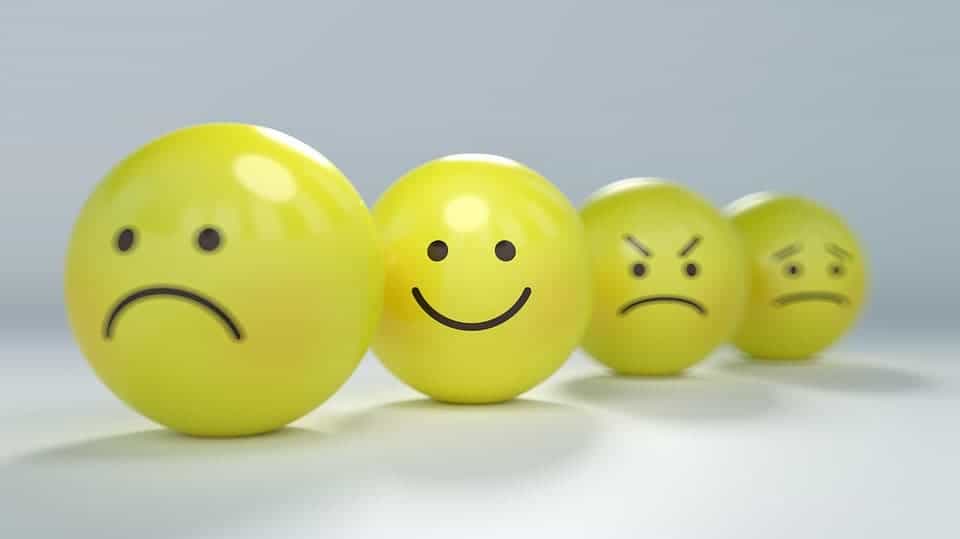Our perception of the world isn’t a crystal-clear reflection of reality, new research suggests, but a looking glass bent and distorted by our emotional state. The findings show people will perceive a neutral face as smiling more often when it is paired with an unseen positive image.
They say seeing is believing, but new research suggests that our emotions have a central role to play in shaping what we see in the first place.
Behind the looking glass
“We do not passively detect information in the world and then react to it — we construct perceptions of the world as the architects of our own experience. Our affective feelings are a critical determinant of the experience we create,” the researchers explain.
“That is, we do not come to know the world through only our external senses — we see the world differently when we feel pleasant or unpleasant.”
Siegel and his team previously found that changing people’s emotional states — without them knowing — changed their first impressions of neutral faces, making them seem more or less likable, trustworthy, or reliable. For the new paper, they wanted to see if changing people’s emotional states outside of their awareness might change not only their impression, but their actual perception of neutral faces.
They used a technique called continuous flash suppression to expose participants to stimuli without them knowing it. In the first experiment, 43 participants had a series of flashing, alternating images of either a neutral face of a pixelated mess presented to their dominant eye. During this time, a low-contrast image of a smiling, scowling, or neutral face was shown to their nondominant eye. What typically happens is that the images seen by the dominant eye suppress data incoming from the other eye, meaning participants shouldn’t be able to consciously experience the latter.
At the end of the trial, each participant was shown a set of five faces. They were asked to pick the one among them that best matched the face they saw during the trial. Their dominant eye was always shown a neutral face, but the participants tended to select the smiling faces more if their non-dominant eye was shown a smiling face.
For the second experiment, the team included an objective measure of awareness: they asked participants to guess the orientation of the suppressed face. Those who could guess the orientation correctly above chance levels were excluded from subsequent analyses. The continuous flash suppression trial was repeated, following the same structure as the first trials. The results again indicated that being exposed to an unseen positive face changed the participants’ perception of the visible, neutral face.
The research focused on positive stimuli (i.e. smiling faces) because similar studies in the past tended to look at the effect of negative stimuli. The team notes that such research suggests negative stimuli show a greater influence on behavior and decision-making, but the effects of positive stimuli are still robust enough to warrant further study. Siegel adds that their findings could have broad applications in real-world situations. These could include facilitating run-of-the-mill social interactions to situations that have major consequences, such as courtroom rulings.
One of the most important lessons we can all draw from this research, I feel, is that our perception of the world is subjective — it’s a construct of our own minds, a representation that’s in part painted by our emotions.
The paper “Seeing What You Feel: Affect Drives Visual Perception of Structurally Neutral Faces,” has been published in the journal Psychological Science.










